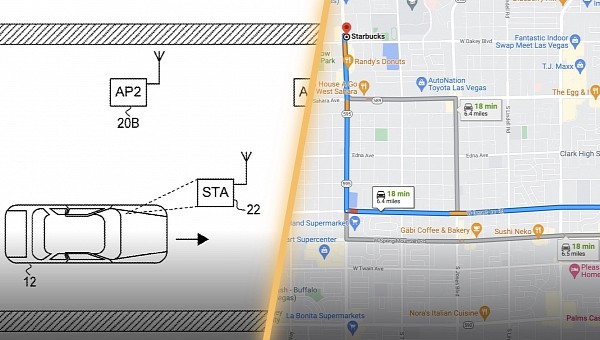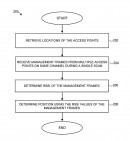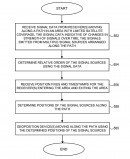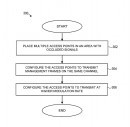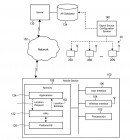Beacons have so far been the answer to a major navigation software shortcoming. Due to the lack of signal in tunnels, apps like Waze and Google Maps can no longer provide route guidance, eventually making it harder for drivers to figure out which way they need to go.
The Waze beacon program has more or less managed to resolve this problem, as it uses dedicated hardware installed in tunnels in order to allow Google’s navigation app to work without interruption.
Needless to say, Waze is the one to benefit the most from the installation of beacons, but of course, Google Maps is getting access to the network as well.
This doesn’t necessarily mean that everything is working flawlessly. In a patent filed recently, Google itself explains that one of the biggest challenges in this implementation is to know the location of beacons, as this would require additional work, including land surveying, precise measurements, and installation.
Google is trying to address this shortcoming with new technology that automatically determines the locations of signal sources in areas with limited satellite coverage.
The patent describes a system that can do this for all signal sources, also referred to as beacons, in a tunnel using data provided by other devices running the navigation app and connected to these beacons.
In other words, all devices running an app like Google Maps would be able to transmit the geographic positions of beacons, eventually letting others know precisely where they are located.
To do this, Google has put together several approaches, including one idea that relies on exchanging data between receivers. The system can also use the relative positioning of the signal sources and then rely on the data collected by receivers to further refine the information, eventually being able to accurately pinpoint the location of a beacon.
Sure enough, Google’s attempt to make tunnels easier to navigate would take some time to implement, but more important than anything else is the network of signal sources that are installed alongside underground roads.
The Waze Beacons program is slowly but surely expanding, and this can only be good news for both Waze and the alternative solutions out there. The Google-owned company allows other navigation software to use the Waze Beacons program technology for free, eventually improving the experience for all drivers.
Thanks to beacons, applications like Waze are able not only to continue to provide route guidance, but also to collect real-time traffic data underground. For an app like Waze, this is critical information, as its number one purpose is to provide drivers with details on traffic conditions.
Google working on improving the technology beacons rely on can only be good news for the entire navigation software space, but for now, this concept is just a patent, and nobody knows for sure when and if it could reach a mass production phase.
Needless to say, Waze is the one to benefit the most from the installation of beacons, but of course, Google Maps is getting access to the network as well.
This doesn’t necessarily mean that everything is working flawlessly. In a patent filed recently, Google itself explains that one of the biggest challenges in this implementation is to know the location of beacons, as this would require additional work, including land surveying, precise measurements, and installation.
Google is trying to address this shortcoming with new technology that automatically determines the locations of signal sources in areas with limited satellite coverage.
The patent describes a system that can do this for all signal sources, also referred to as beacons, in a tunnel using data provided by other devices running the navigation app and connected to these beacons.
In other words, all devices running an app like Google Maps would be able to transmit the geographic positions of beacons, eventually letting others know precisely where they are located.
To do this, Google has put together several approaches, including one idea that relies on exchanging data between receivers. The system can also use the relative positioning of the signal sources and then rely on the data collected by receivers to further refine the information, eventually being able to accurately pinpoint the location of a beacon.
Sure enough, Google’s attempt to make tunnels easier to navigate would take some time to implement, but more important than anything else is the network of signal sources that are installed alongside underground roads.
The Waze Beacons program is slowly but surely expanding, and this can only be good news for both Waze and the alternative solutions out there. The Google-owned company allows other navigation software to use the Waze Beacons program technology for free, eventually improving the experience for all drivers.
Thanks to beacons, applications like Waze are able not only to continue to provide route guidance, but also to collect real-time traffic data underground. For an app like Waze, this is critical information, as its number one purpose is to provide drivers with details on traffic conditions.
Google working on improving the technology beacons rely on can only be good news for the entire navigation software space, but for now, this concept is just a patent, and nobody knows for sure when and if it could reach a mass production phase.
